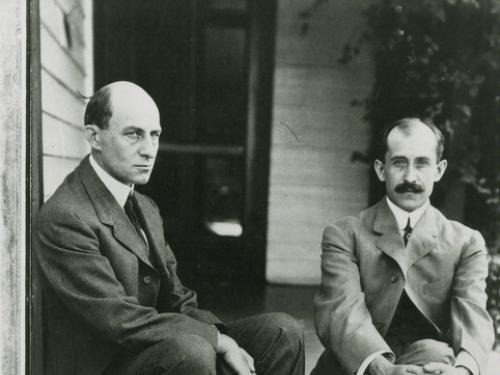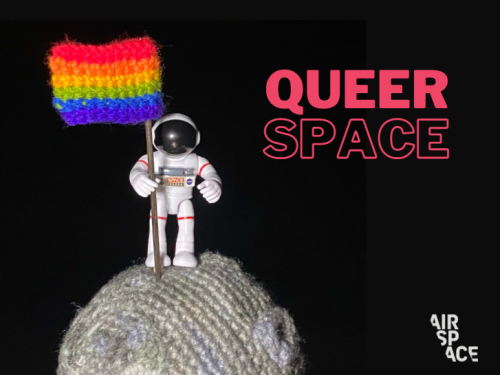

Stories of daring, stories of technological feats, stories of prevailing against the odds ... these are the stories we tell at the National Air and Space Museum. Dive in to the stories below to discover, learn, and be inspired.
Showing 351 - 360 of 1765

June 21, 2022
Aviation enthusiasts are scouring the country for the vintage airplane kits of their youth.

June 20, 2022
Learn about the two distinct minds that made up the dynamic Wright brothers team.

June 17, 2022
Meet the woman who is entrusted with preserving the icons of the Star Wars universe.

June 16, 2022
A new gallery shows how spaceflight transformed our relationship with technology.

June 16, 2022
What's new in aviation and space

June 16, 2022
The National Air and Space Museum gets an X-wing fighter—and a new director.

June 10, 2022
Welcome to the reimagined National Air and Space Museum. It’s a transformation years in the making.

June 09, 2022
Happy Pride Month! Today, we’re bringing you a special installment of QueerSpace, our limited series featuring stories and people at the intersection of aviation, space, and LGBTQ+ history and culture. Seven years ago this month, the Supreme Court ruled in Obergefell v Hodges that same-sex couples have the fundamental right to marry under the constitution. If you dig into an amicus brief for Obergefell, you’ll see mention of another case, Norton v Macy. This case set the first precedent ruling that the federal government can’t fire an employee for being gay. We talk a lot about pilots and astronauts who’ve made history, but today’s aerospace trailblazer was a humble NASA civil servant and petitioner named Clifford Norton.

May 26, 2022
The original Top Gun features some of the most memorable naval aviation scenes in film history, due in large part to the cooperation of the U.S. Navy with the filming of the movie. Although some may presume this is the first time a major Hollywood film joined forces with U.S. naval aviation, that honor belongs to the 1931 film Dirigible.

May 26, 2022
In 1859 the Sun threw a temper tantrum directed at Earth. It spewed magnetized plasma into space, which made its way here and triggered effects that *literally* shocked telegraph operators (not to mention knocking down telegraph lines and causing aurora to be seen near the equator). If a geomagnetic storm of this size happened today, it could cause a widespread electrical and communications blackout. Events of that magnitude are rare but the Sun’s activity affects us all the time – from static on the radio to a diverted commercial flight or a wonky GPS app. The good news is scientists are monitoring the Sun to predict when and where effects will be felt. On today’s episode, we speak to experts from NOAA’s Space Weather Prediction Center to learn how and why they stare at the Sun (for science!).